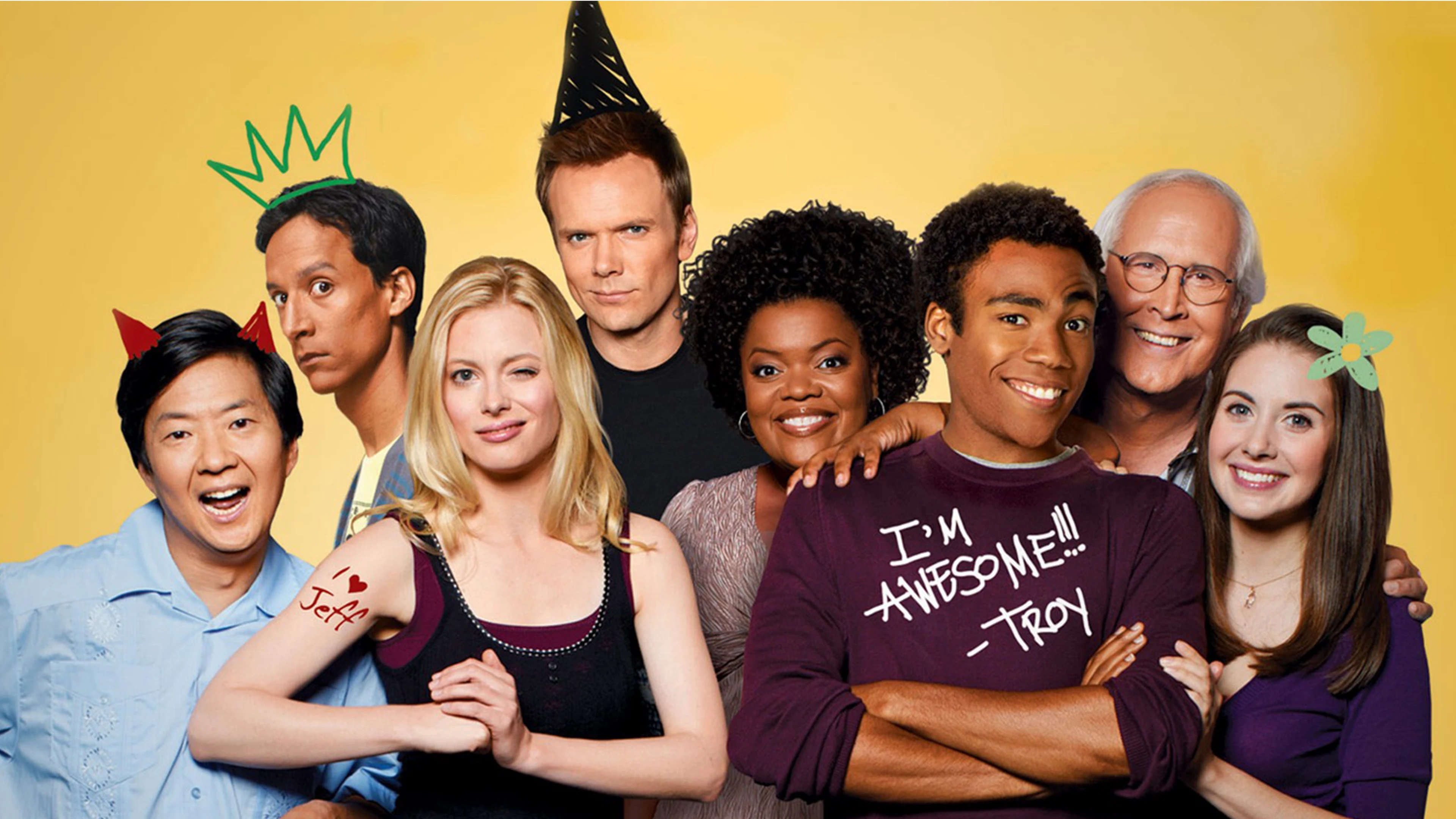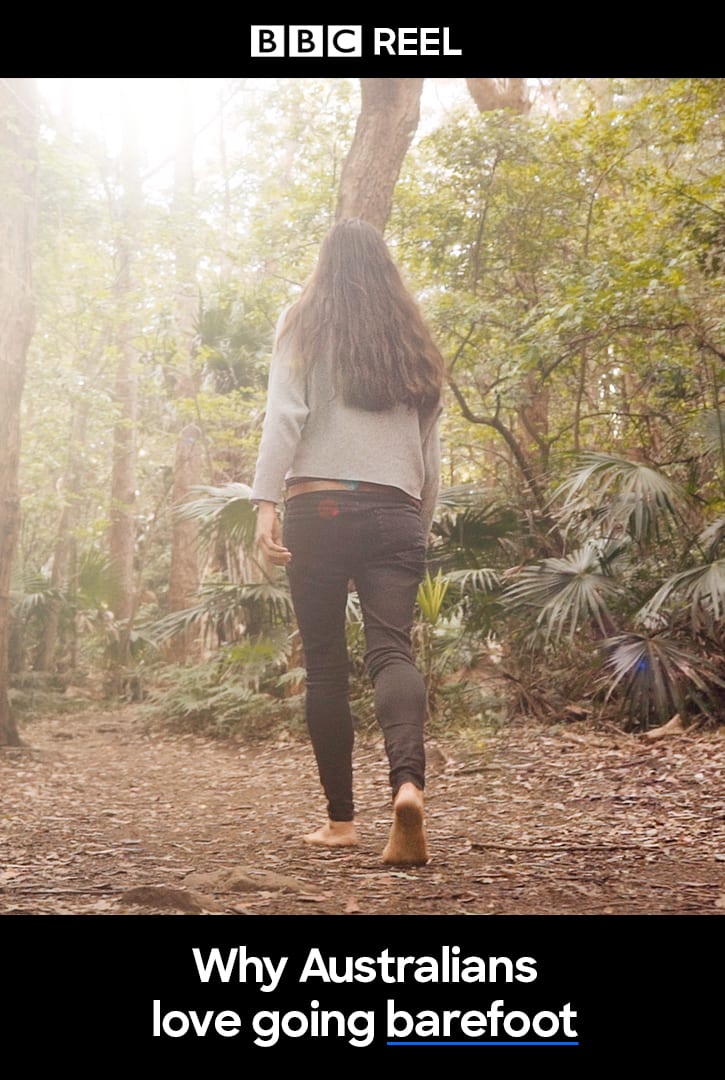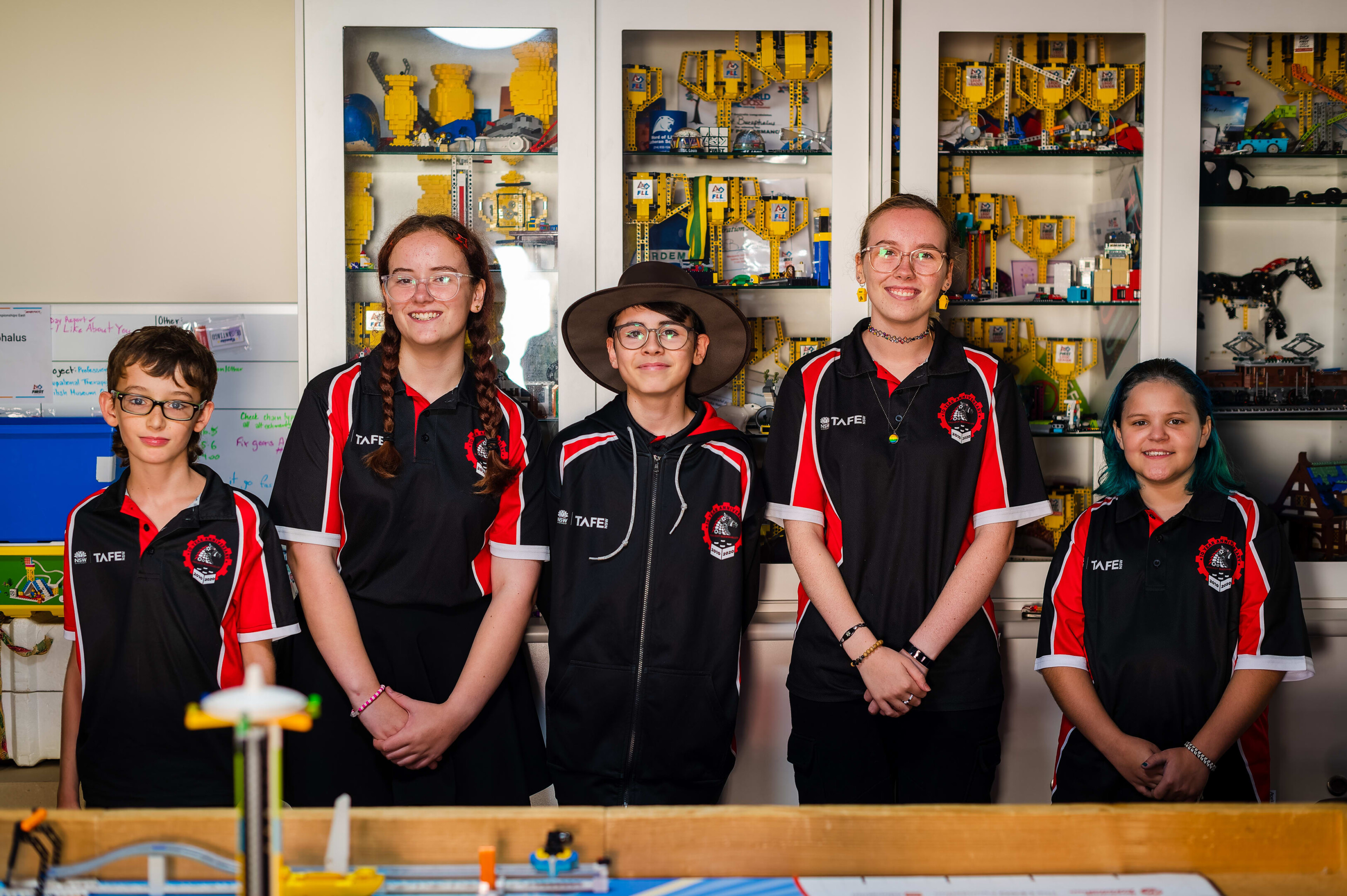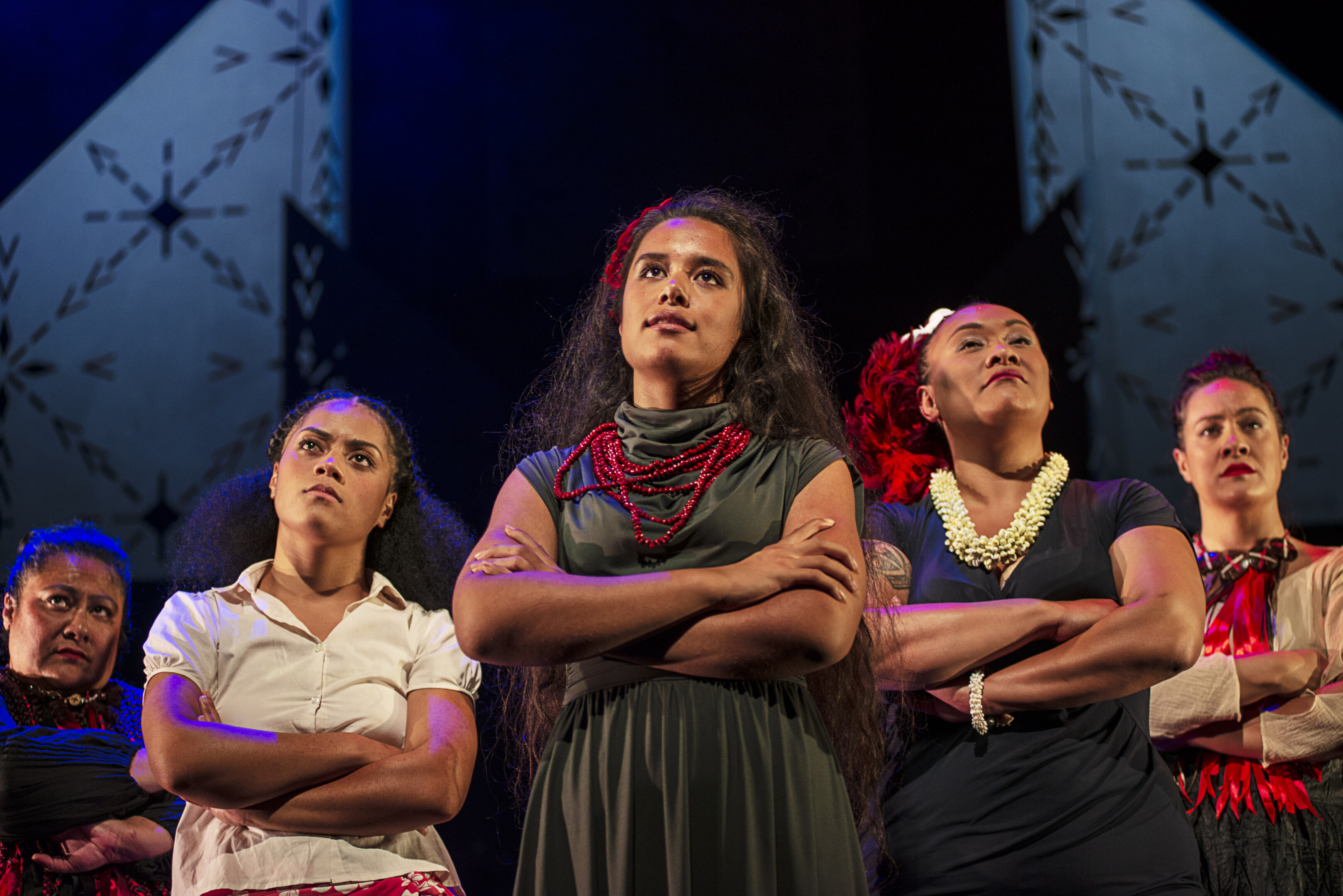20th April, 2024
What is Popular culture?
In a word: broad
The meaning of the words ‘popular’ and ‘culture’ hold their respective complexities, let alone the phrase put together.
For the sake of this blog post, though, ‘pop culture’ can be understood as media that is made either BY the people, AND/OR media created for the specific purpose of being liked by a mass of people. Simply put, it is ‘well-liked’ content (Williams 1983), where “well-liked” means liked broadly and with active participation.
This week we were asked to write about the popular culture that we consume…there were too many options to sift through when you consider popular culture to be inclusive of music, film and television, as well as the never-ending humour and insight brought to you by social media…so I chose the most recent major bit of media I’d consumed.
Last week, I finished watching all six seasons of American sitcom ‘Community’ (written by Dan Harmon). For those not familiar with the show, the basic premise is as follows:
A group of 7 unlikely friends, including:


The writing is largely based on pop culture references and parody of film/television tropes. In terms of pop culture, it’s a landmine. The show was dropped by NBC in 2014 and picked back up by Yahoo as a result of fan outcry. Harmon was fired and then later, rehired for season 5 as a result of fan and cast action. Its popularity is credited to the way it addresses stereotypes with a tone of satire that serves to dismantle them. It credits meaningful representation of the main characters outside of their race, religion, gender, sexuality or adherence to neurotypicality without removing or brushing over those characteristics.

Johnson (2010) and Mora and Kang (2016) argue that media plays an essential part in creating and reinforcing socio-cultural stereotypes, and that young individuals in the targeted minority groups often form and adopt social identities based on said stereotypes, while those who have limited ‘real-life’ interaction with members of the groups represented are more likely to believe the media’s representation.
It is important that the media includes representation of minority groups in a meaningful and more positive way, than the tokenistic representation that we see in characters whose entire personality is written around being the “other”, (the woman who is ONLY the beautiful love interest, the gay man whose only role is to give the main character a makeover, the autistic or black character as a comic relief, etc…). Mora and Kang (2016) suggest that tokenistic representations often do more harm than a simple lack of representation would. Checking a box by including a minority character laden with stereotypes doesn’t help an audience to feel represented. It just publically and harmfully reinforces those stereotypes.
References
Adolfo R. Mora & Seok Kang (2016) English-Language Latino Themed Programming and Social Identity: The Relationship Between Viewing and Self-Esteem among Latina/os, Howard Journal of Communications, 27:1, 16-37, DOI: 10.1080/10646175.2015.1080635
Melissa A. Johnson, Incorporating Self-Categorization Concepts Into Ethnic Media Research, Communication Theory, Volume 20, Issue 1, February 2010, Pages 106–125, https://doi.org/10.1111/j.1468-2885.2009.01356.x
John Storey – What is Popular Culture? (Cultural Theory and popular culture: an introduction, Routledge, pp. 1-16) https://uniteyouthdublin.files.wordpress.com/2015/01/john_storey_cultural_theory_and_popular_culturebookzz-org.pdf






